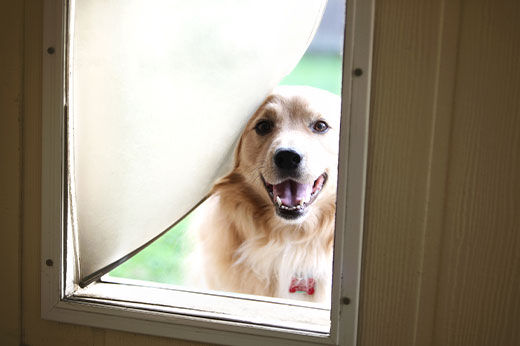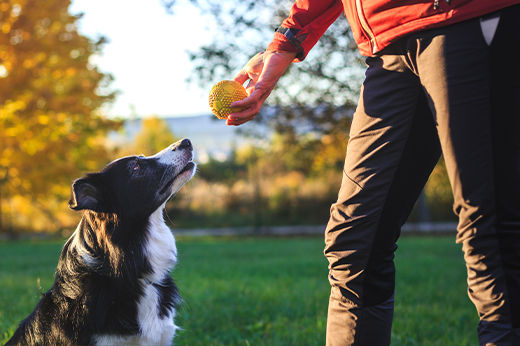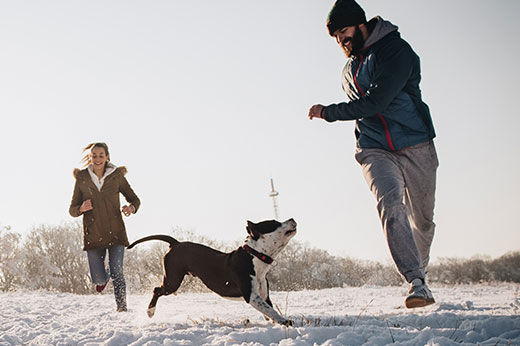While do-it-yourself projects can be fun and fulfilling, there is always a potential for personal injury or property damage. We strongly suggest that any project beyond your abilities be left to licensed professionals such as electricians, plumbers, and carpenters. Any action you take upon the information on this website is strictly at your own risk, and we assume no responsibility or liability for the contents of this article.
How to Keep Fleas & Ticks off Your Pets

Fleas and ticks are more than just a nuisance to your beloved pets. Cats and dogs can suffer serious health problems when they lose blood and become exposed to diseases from constant attacks from tiny pests. While treating the animals themselves is the first step to reducing their itching and scratching, it’s not enough to stop the flea and tick cycle. You’ll need to develop an approach to pest control that extends to the entire home and even out into the yard for effective management all year round.
Spot-On or Oral Treatments

Focus on your pets first since they’ll suffer if fleas or ticks overwhelm them. It’s trendy to avoid chemical treatments in favor of natural remedies, but this can lead to anemia or potential poisoning in your cat or dog. The spot-on and oral flea treatments offered by veterinarians are thoroughly tested for safety and come with a limited number of side effects the vet can treat. If you use a homemade or natural remedy with no testing, it may be far more harmful to your pet than the fleas or ticks were in the first place. Unless the vet determines your pet isn’t a good fit for any of the currently available medications, this should keep the majority of fleas and ticks out of their coat.
Flea Combs

When the peak of summer heat hits, your pet may start scratching despite being on a vet-approved treatment. An easy-to-grip flea comb is the best tool for tackling small spikes in flea populations that drop again after a few weeks. Even pets that won’t put up with regular bathing tend to grow used to combing over time. Use a small cup of soapy water to dip the flea comb between strokes to remove trapped fleas and drown them. These combs also help you catch ticks trapped in a dog’s longer or thicker coat. If they drop off because they don’t like the spot-on treatment on the pet, they could bite you or a family member instead. Combing a dog’s coat after each hike keeps ticks out of the home for everyone’s safety.
Flea and Tick Collars

Some dogs and cats are sensitive to certain chemicals or have conditions that make spot-on and oral treatments unsafe for them. Flea and tick collars are a good alternative. They are slightly less effective, so you may need to combine them with flea combing for complete control at the peak of pest season. Tick collars are a good option for dogs that live in areas without many fleas. You can put them on only when your dog visits areas with ticks, such as parks or wooded areas.
Regular Bathing
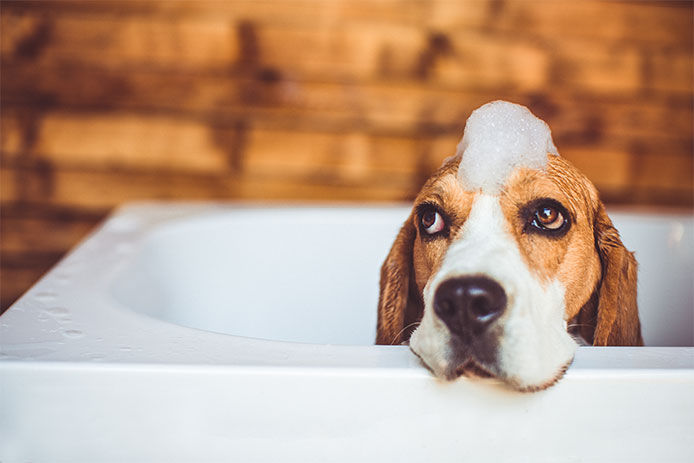
Bathing is the safest and most effective way to stop fleas for the most sensitive pets, like kittens and puppies. Each bath with a basic pet shampoo will kill nearly every flea on the pet by drowning it. While fleas can quickly return to your pet’s coat, you can break that cycle with the tips below. In some areas where fleas only peak for a few weeks per summer, a few baths and some flea combing may be all you need. Get your pet used to bathing, even if it’s a cat, from an early age in case you ever need to use daily baths as an emergency treatment. A daily bath can save a pet’s life from extreme flea exposure where anemia could otherwise overwhelm them. It’s much less stressful if they’re used to the process before being weakened by flea attacks.
Vacuuming Up Indoor Fleas

A powerful vacuum tailored to the types of flooring in your home is the most powerful tool in flea control. Ticks won’t hide in your home unless carried in on a pet, but fleas make your home their own. They travel in from the yard and reproduce while hidden in the carpet or between floorboards. Vinyl and tile are the most resistant to them, so consider confining pets to rooms with these floors while giving them a treatment to minimize the movement of replacement fleas onto them. Vacuum all floors daily when fleas are in season to trap as many adults, larvae, and eggs as possible. Reduce cracks in the floor and consider swapping out the carpet to keep fleas under control all year round.
Tick-Proof Landscaping

Ticks and fleas both linger in your landscape, but it’s ticks, in particular, that require you to renovate your landscaping. Keep grasses short and don’t plant bushes or tall flowers around the home. Create a barrier of at least 20 to 50 feet before features like flower beds, trees, and shrubs are planted and keep pets out of those wooded areas. Use wood chips and gravel right around the home’s entrances and exits to create areas fleas can’t cross either to get inside. Don’t have trash or lumber piled around the yard, and keep any features like grills or playground equipment in full sun.
Outdoor Pest Treatments
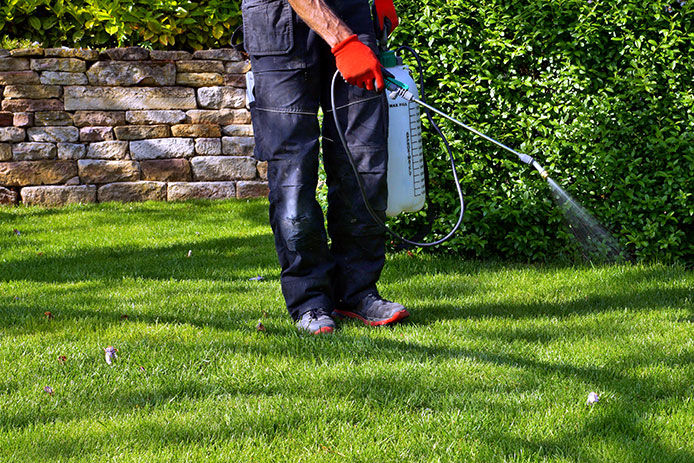
You’ll need to apply chemical pest treatment around the yard for the most aggressive flea and tick infestations. Two spraying applications per year, along with removing shaded and weedy areas where the pests thrive, can finally break the worst cycles of flea and tick growth.
Don’t let fleas make your pets miserable or face the risk of Lyme disease from ticks. Protect your pets and family with these tips for a complete approach to biting pest control.

